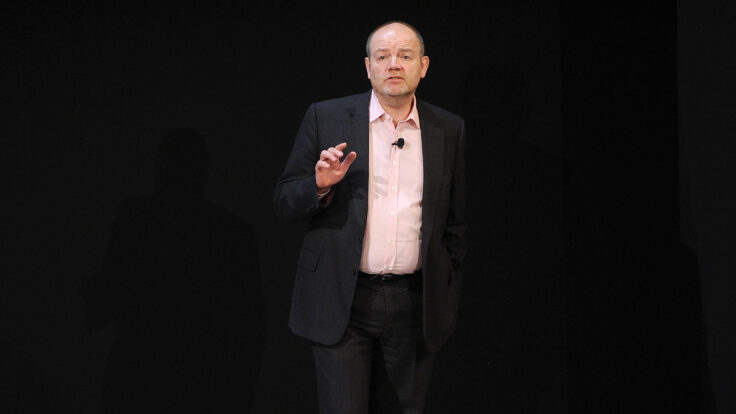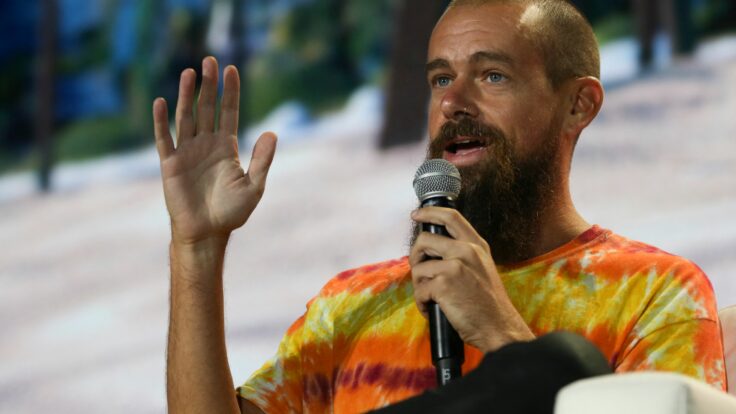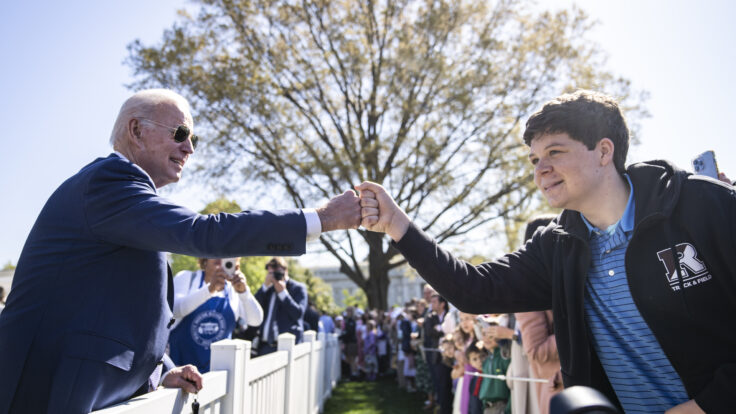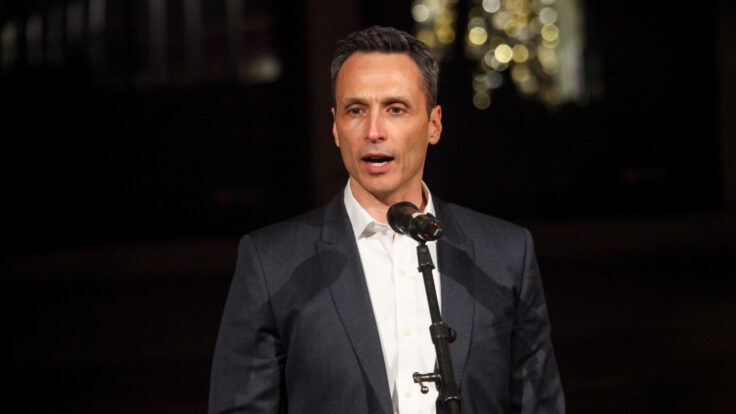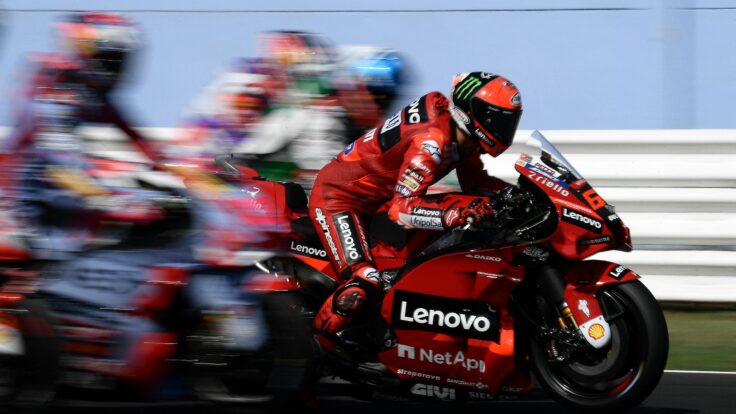| Earlier this week, while my partner and longtime pal Peter Hamby and I were running through a production meeting for an episode of his excellent podcast, The Powers That Be, he made a humorous observation that stopped me in my tracks. We were outlining topics for the weekly Media Monday segment when Peter noted that the plan was to discuss Brian Stelter’s boomerang-style return to CNN before offering our analysis on the forthcoming presidential debate. I laughed, in part, because that seemed, albeit inadvertently, very Puck.
In addition to the obvious political implications, Tuesday’s presidential debate offers a fascinating media subplot. Some 30 million people watched Kamala Harris accept the Democratic Party’s nomination in August; slightly more than 50 million watched the Biden-Trump debate in June. I suspect far more will watch the Harris-Trump show, which could turn out to be the most consequential 90 minutes of this ever-unpredictable election season.
Harris, after all, remains largely undefined for large swaths of the electorate, who have only vague notions about her prosecutorial moxie, personal evolution on core issues, and botched 2020 campaign. More than the convention or the milquetoast Dana Bash interview, the debate should afford Harris the opportunity to articulate her own vision and reveal the contours of her character and value structure—and, quite literally, who she is. Will the viewership approach Super Bowl-level numbers? (Last season’s Chiefs-49ers’ game was witnessed by a staggering 124 million people.) Hardly. But they’ll nevertheless remind us of the enduring power of television, and the long tail of the medium.
Among the cable news green room crowd, the burgeoning enthusiasm over Harris’s candidacy has been the defining narrative of the season. And yet, the real political pros know that the true story is far more complex and spooky. As my partner John Heilemann recently noted in his excellent piece, Kamalot Revisited, operatives and campaign staffers are clear-eyed about Harris’s polling challenges in the half-dozen battleground states, all of which seem like a coin-flip. Yes, Trump may have ceded Virginia and New Jersey back to the Democrats, but Harris’s numbers still lag Biden’s in 2020 at this point in the race, especially with key demographics. In an incredibly candid conversation, this week John chatted with former Obama advisor Dan Pfeiffer about the nuances of Harris’s map—her electoral math challenges and opportunities, and the tactical reasons why Pennsylvania looks so different from Georgia. I behoove you to read No Sleep Till Pennsylvania—it will scare you, enlighten you, and offer real proximity to the sort of intellect that wins campaigns.
John’s conversation offers a fascinating counterpoint to Peter’s chat with James Carville and Mary Matalin, the political operative power couple whose romance was forged while they were managing dueling presidential campaigns 30-odd years ago. Among other things, Carville offers an honest and lucid assessment of the dynamics behind Biden’s decommissioning. He and Matalin also offer a sharp rebuke to the way politics is practiced and absorbed in our moneyball era. “Anybody can read a poll. But there are very few people who are in the business, or covering the business, who can read a poll and also pivot on events,” Matalin told Peter. “Which is how the old guys, how we all had to learn how to do it. The polls were a tool, not the substance of the thing. You can jump from numbers to numbers, but in a cycle like this, the numbers have barely moved, and they’re not going to move, so you have got to go with your gut.” For other bon mots like this one, so many of which pertain to the current Harris operation, please read Tuesdays With James and Mary.
Despite all this brilliant, expert commentary, Peter and I still decided to lead the podcast episode by talking about Stelter’s return to CNN—and it was motivated, in many ways, by the profound importance of the debate. No matter how many people tune in to watch Trump and Harris on ABC in three days, the secular decline of the linear business remains one of the great economic leitmotifs of this era in business.
On a recent episode of The Town, my partner Matt Belloni’s excellent podcast, a sharp Wells Fargo analyst named Steven Cahall made a poignant observation about David Zaslav’s leadership of Warner Bros. Discovery, CNN’s parentco. Matt asked why activists hadn’t lined up to pressure Zaz given that WBD’s stock is down more than 60 percent since the merger that created the company. Cahall responded by saying, and I’m paraphrasing here, that no one on Wall Street had any other, better, more executable strategy than Zaz’s own—which could be summed up, at least in my observation, as cutting costs faster than revenues declined while hoping that certain new initiatives took flight.
The same seems to be true, on a microcosmic level, of the CNN to which Stelter returns. Two years into WBD’s stewardship of the network, CNN is largely unchanged. Zaslav has replaced the expensive CNN+ streaming strategy with a lower-wattage plan, masterminded by current network C.E.O. Mark Thompson, to evolve the brand into a digital subscription business via new lifestyle verticals. The strategy, which appears to mimic the one Thompson used to turn around The New York Times Company, may well prove successful. But it’s also unlikely to cover the losses that the company will absorb on the linear side of the business. This is the milieu into which Stelter descends, all elegantly captured in Dylan Byers’s excellent piece, Brian’s Song. After all, our political and media sagas are inextricably entwined. That’s one of the preeminent stories of our time, and precisely what you should expect to read about in Puck.
Have a great weekend,
Jon |










